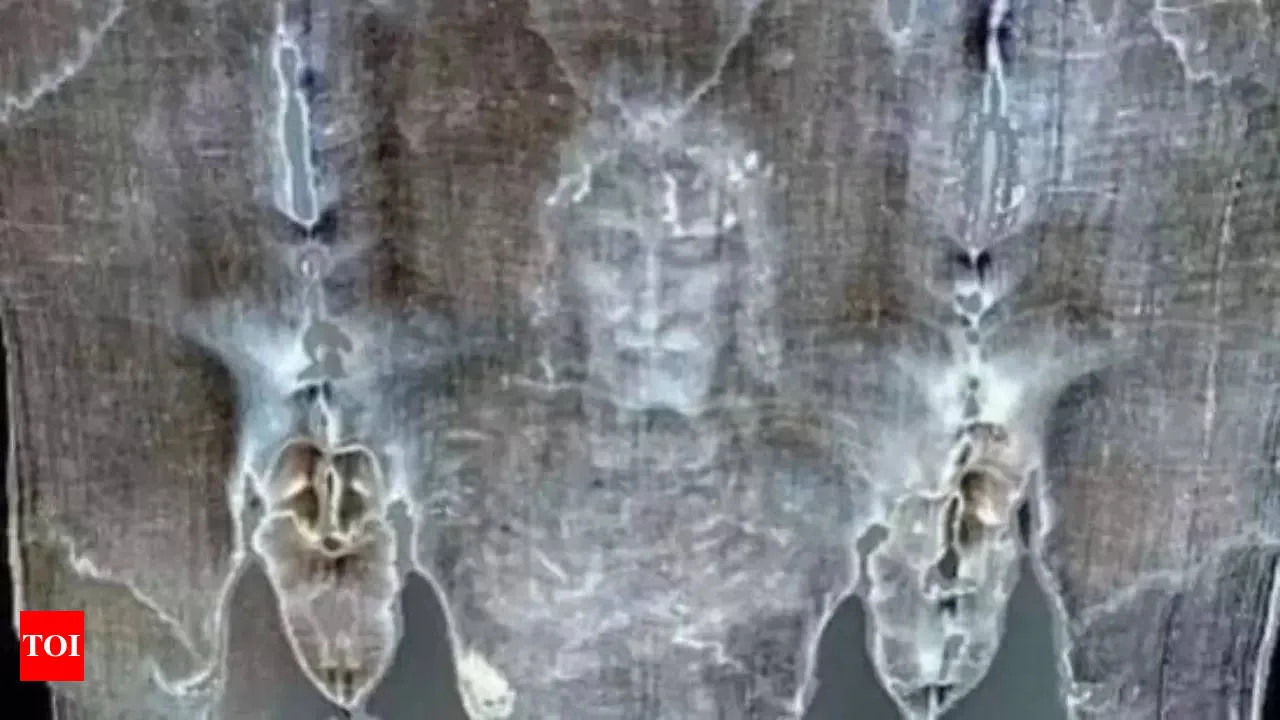X-Ray Examination and AI Unravel Authenticity of the Shroud of Turin

X-Ray Examination of the Shroud of Turin
The Shroud of Turin, revered by many as the burial cloth of Jesus Christ, has undergone rigorous x-ray examination. This analysis provides compelling evidence suggesting an origin around 2,000 years ago, aligning with the timeline of Christ's crucifixion. Dr. Liberato de Caro emphasized that this recent study challenges earlier carbon dating methods, which dated the relic to the medieval period, suggesting possible contamination of samples.
AI-Generated Images Illuminate the Face of Jesus Christ
In an exciting development, researchers utilized artificial intelligence to create detailed renderings based on the imprints found on the Shroud of Turin. Using tools like Midjourney AI and Gencraft, artists produced new illustrations depicting a man with long hair, a beard, and signs of crucifixion. These images resonate with traditional portrayals of Jesus, providing a humanized view of the sacred figure.
Continuing Research and Implications
- The findings from x-ray analysis and AI lead to renewed interest in the Shroud's authenticity.
- Debates surrounding its historical significance continue to captivate both religious and academic communities.
- The integration of technology into historical studies could redefine perceptions of ancient relics.
As research progresses, the Shroud of Turin remains a nexus of faith, history, and technology, inviting ongoing exploration and discussion.
This article was prepared using information from open sources in accordance with the principles of Ethical Policy. The editorial team is not responsible for absolute accuracy, as it relies on data from the sources referenced.